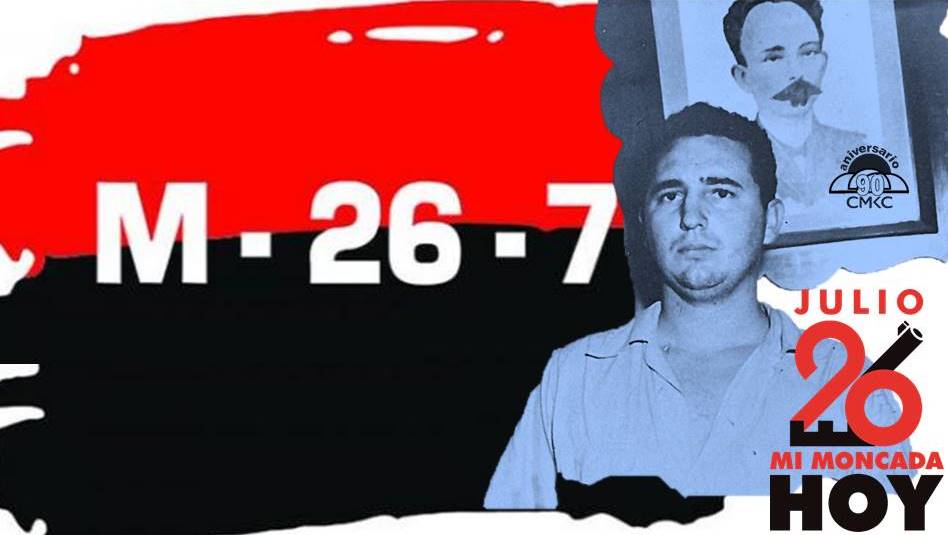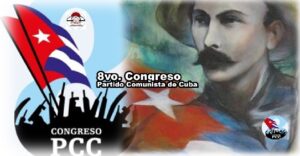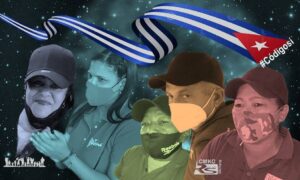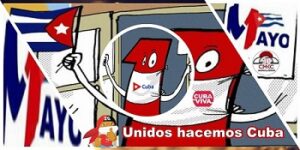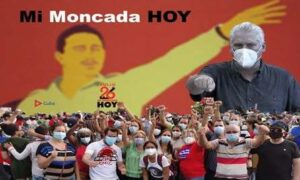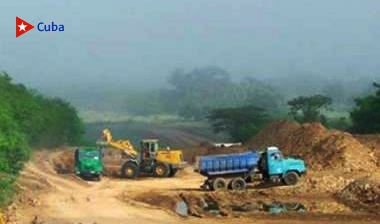
Translator: MSc. Guillermo Rodriguez Cortes
Siboney:- The Department of Historical and Applied Research of the Office of the Curator of the City of Santiago de Cuba is working tirelessly in the preparation of a singular dossier.
It is a document that supports the historical, patrimonial, economic, and tourist reasons for Siboney road be considered, in the future and after being evaluated by experts, as a National Monument.
«That is the fundamental reason for this dossier, but it is a complex task,» says Mariela Rodriguez, researcher of that department and the specialist who leads the preparation of the document, and she adds «because there are historical elements from the 16th century to the present that took place on this road, or that are related to it».
For example, one of the arguments that is handled is that several investigations of the Academy of Sciences state that along the Siboney road there were numerous aboriginal settlements.
«In the colonial stage, this road was called the royal road of the coast; it was closely linked to the city for economic and defensive activities. It is important to point out that there was a line of fortification to defend the city from corsair and pirate attacks, and safeguarding the mining and port enclaves that existed there.»
One of the most important historical events in the world, at the end of the 19th century, took place on the grounds of the Siboney Road: the military actions of the Spanish-Cuban-American War, the end of that conflict and of Spanish colonialism in America.
«On June 21, 22 and 23, 1998, the American troops disembarked in Daiquiri. On June 22, 23 and 24, they landed in Siboney. Then there were military actions in the area of San Juan, along with other places. In this last scenario, at the edge of the Siboney highway, the course of the land actions in this warlike conflict was defined. Today there exists there a complex of commemorative parks San Juan and the Surrender Tree.
During the Republic, Siboney was linked to the history of the railroad, specifically between the years 1901 and 1902 when a route was created and associated with greater development and economic boom in the area.
«Part of the road created at this time, in 1908 specifically, is the bridge over the San Juan River, a segment of the historic route of the attackers to the Moncada Garrison. It was also the stage of the emergence and development of the private neighborhood of Siboney, between the decades of the 30s and the 50s. It was well delimited which was the area that belonged to the upper and middle bourgeoisie, and which was for the humblest people. In the first one clubs, canteens and saloons emerged to attract the great popular and traditional music orchestras of the time».
The old Villa Blanca, belonging to the Vazquez family, was on the road to Siboney. They used it as a summer home, a building that was converted into the headquarters for the attackers of the Moncada Garrison. Later, history would turn it into the Granjita de Siboney.
«After January 1959, the Moncada Garrison was converted into a School Complex. Right there, in that area begins what we consider the historical route, because of its special significance. But in fact since 1953 there is a special link between the Moncada and the Granjita Siboney.”
After the Moncada Garrison became a School Complex, a series of events took place that are equally relevant, among them the demolition of its walls by Fidel Castro himself or the conversion of sentry post number 3 into a museum.
This dossier also details all the visits made by important personalities of the world and foreign delegations, especially from the 1980s of the last century, many of them with Fidel at the head.
«Because we can see how there has always been a historical route linking the Moncada Garrison and the Granjita Siboney. Equally important was the creation, starting from 1973, of the monument system.»
It was at this moment that work began to visualize and work on a 26 de Julio Monumental Area, with four blocks and a National Monument building in each of them: the former Moncada Garrison (1978), the Court House (1998), the Training School for Teachers of the East (1998) and the Abel Santamaria Museum, Library and Park (1998).
«Before this, in 1973, the historical route was already converted into a monumental site, at the initiative of Commander Juan Almeida Bosque. He links the Moncada Garrison with the Granjita Siboney from 26 monuments located on the road to Siboney.»
The file that is being prepared today also includes the description of all the elements close to the historic route or related to it, and which are more contemporary, such as the tourist facilities that have been created over the years, entertainment for the population, such as the Amusement Park, the double road and the urbanization of the Abel Santamaria neighborhood, among others.
Translator: MSc. Guillermo Rodriguez Cortes

